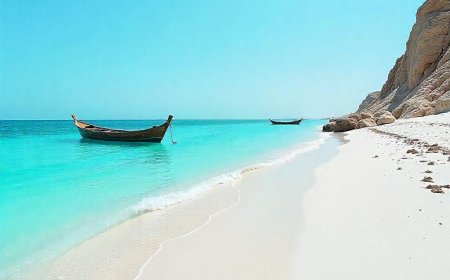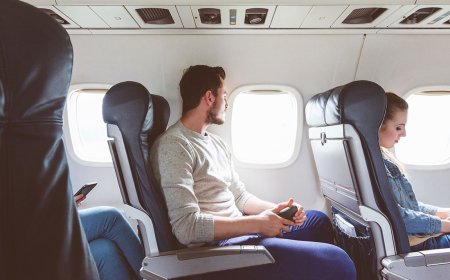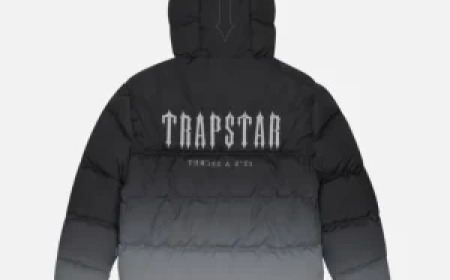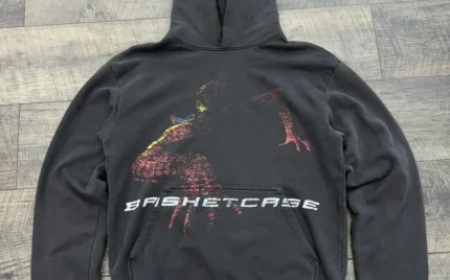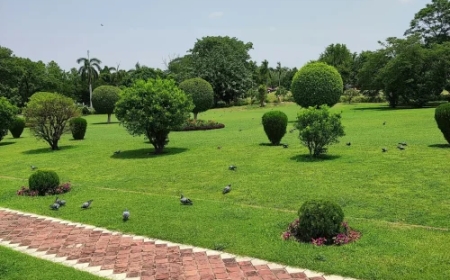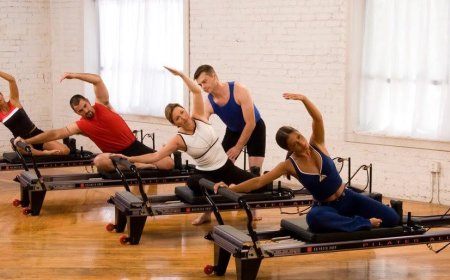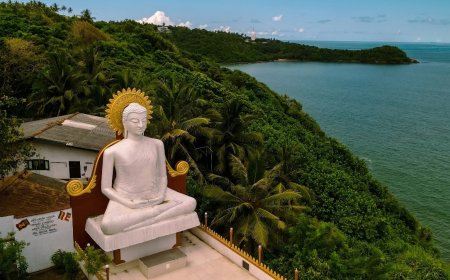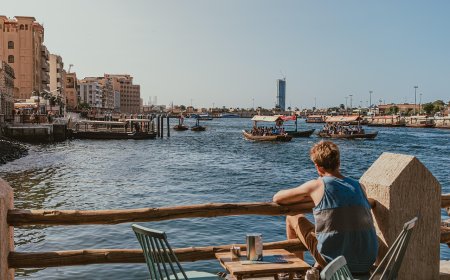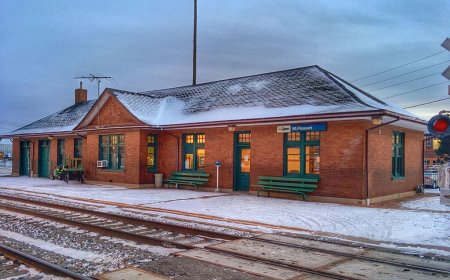Backpacking Through Hunza Valley: What You Need to Know
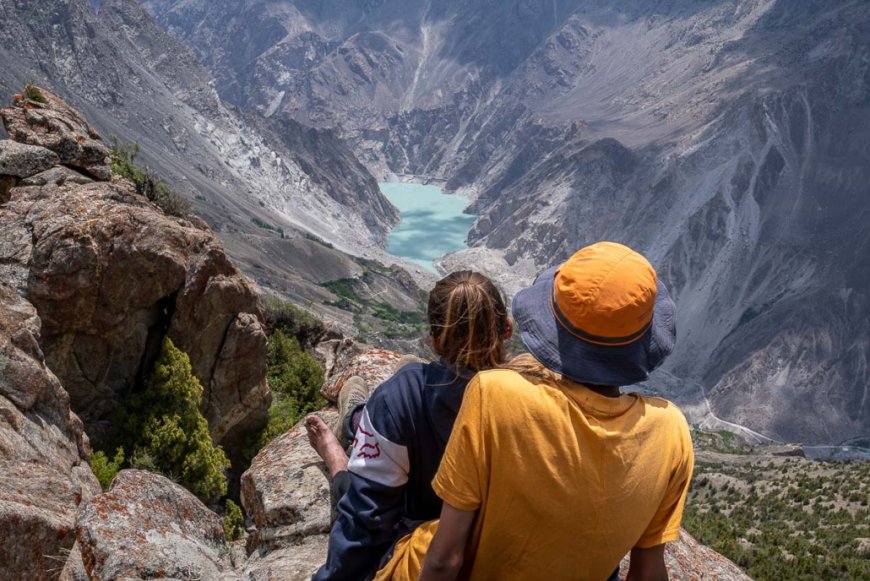
If theres one place in Pakistan that perfectly blends raw natural beauty, rich culture, and adventure, its the Hunza Valley. Tucked away in the Gilgit-Baltistan region of northern Pakistan, Hunza has become a favorite among backpackers, hikers, photographers, and travelers seeking authentic experiences off the beaten path.
Surrounded by snow-capped peaks, ancient forts, turquoise rivers, and hospitable mountain communities, Hunza Valley offers an unforgettable backpacking adventure for those willing to venture into its rugged terrain. But to make the most of your trip, a little planning and preparation go a long way.
Heres everything you need to know before backpacking through Hunza Valley.
1. Why Hunza Valley is Perfect for Backpackers
Hunza is often called the "Shangri-La of Pakistan", and for good reason. The valley is known for its dramatic landscapes, historic sites, warm-hearted locals, and relatively easy access compared to more remote regions like Skardu or Chitral.
Backpackers love Hunza because:
-
It offers a safe and welcoming environment.
-
Theres a wide range of affordable guesthouses and homestays.
-
It provides both easy day hikes and challenging treks.
-
English is commonly spoken among the younger population.
-
The infrastructure, though basic, is traveler-friendly.
Whether you're traveling solo or with friends, Hunza is one of the most backpacker-friendly destinations in Pakistan.
2. Best Time to Visit
The ideal time for backpacking through Hunza Valley is from April to October.
Spring (April - June):
-
The famous blossom season transforms the valley with pink and white flowers.
-
Weather is mild, making it perfect for hiking and sightseeing.
Summer (July - September):
-
Peak tourist season.
-
All roads and trekking routes are open.
-
Warm temperatures during the day, cool at night.
Autumn (October - November):
-
Stunning fall foliage with fewer tourists.
-
Clear mountain views and peaceful surroundings.
Winter months (December to March) bring heavy snow, and many areas become inaccessible. It's only recommended for experienced winter travelers.
3. How to Get There
The journey to Hunza is an adventure in itself. The two most common routes are:
By Air:
-
Direct flights from Islamabad to Gilgit Airport (subject to weather).
-
From Gilgit, Hunza is a 2-3 hour scenic drive.
By Road:
-
Buses, vans, and private cars travel the Karakoram Highway (KKH) from Islamabad to Hunza (approx. 18-20 hours).
-
Popular transport companies include Natco, Hunza Express, and Faisal Movers.
The Karakoram Highway, known as the Eighth Wonder of the World, is an experience in itself, with breathtaking views of the Indus River, towering cliffs, and snow-capped peaks.
4. Where to Stay
Hunza offers plenty of affordable accommodation options suitable for backpackers.
Popular Places to Stay:
-
Karimabad: The tourist hub with budget guesthouses, hostels, cafes, and cultural sites like Baltit Fort.
-
Aliabad: A more local vibe with cheaper accommodation.
-
Eagles Nest/Duikar: Famous for sunrise and sunset views over the valley.
-
Gulmit and Passu: Further north with peaceful villages, glaciers, and iconic peaks.
Many travelers opt for homestays for a more authentic experience and to support local families.
5. Must-Visit Places in Hunza Valley
Hunza is filled with natural wonders and cultural treasures.
Baltit Fort:
A 700-year-old fort perched above Karimabad offering panoramic views and rich history.
Altit Fort:
Older than Baltit, beautifully restored, and a symbol of Hunzas ancient architecture.
Rakaposhi View Point:
A short stop along the Karakoram Highway with stunning views of the 7,788-meter Rakaposhi Peak.
Attabad Lake:
A mesmerizing turquoise lake formed after a landslide in 2010, perfect for boating and photography.
Passu Cones:
Iconic sharp peaks known as the Passu Cathedral, one of Hunzas most famous landmarks.
Borith Lake:
A peaceful high-altitude lake ideal for hiking, birdwatching, and relaxing.
6. Best Hiking and Trekking Trails
Backpackers love Hunza for its accessibility to scenic hiking routes.
Ultar Meadow Trek:
A half-day hike from Karimabad to beautiful alpine meadows beneath towering peaks.
Borith Lake to Passu Glacier Hike:
A moderate trail offering dramatic glacier views.
Patundas Meadow Trek:
A more challenging multi-day trek for experienced hikers, providing panoramic views of Passu, Batura Glacier, and surrounding peaks.
7. What to Pack
For a comfortable and safe backpacking experience in Hunza, pack light but smart.
Essentials Include:
-
Backpack (40-60 liters)
-
Warm layers (nights are chilly, even in summer)
-
Waterproof jacket
-
Hiking boots or sturdy shoes
-
Sunglasses and sunscreen
-
Reusable water bottle
-
Power bank (limited charging options in remote areas)
-
Headlamp or flashlight
-
Basic first aid kit
-
Snacks for hikes
ATMs are limited, so carry enough cash for your trip.
8. Cultural Etiquette
Hunza is home to the Burusho and Wakhi communities, known for their hospitality and progressive attitudes. The region is predominantly Ismaili, a moderate branch of Islam known for its focus on education and peace.
Tips to Respect Local Culture:
-
Dress modestly (long pants, covered shoulders).
-
Always ask before photographing people.
-
Learn basic greetings in Burushaski or Wakhi for friendly interactions.
-
Support local businesses and homestays.
9. Safety and Practical Tips
Hunza Valley is considered one of the safest areas in Pakistan for tourists, including solo travelers. However, standard precautions still apply.
Useful Tips:
-
Inform your accommodation if going on long treks.
-
Stick to marked trails.
-
Avoid hiking after dark.
-
Respect wildlife and nature.
-
Be cautious of changing weather conditions, especially at high altitudes.
The people of Hunza are extremely welcoming, and tourists often feel at home quickly.
10. Cost and Budgeting
Backpacking in Hunza is affordable compared to many international destinations.
Average Daily Budget:
-
Accommodation: Rs. 1,500 - Rs. 4,000
-
Meals: Rs. 500 - Rs. 1,500
-
Transport within Hunza: Rs. 500 - Rs. 1,000
-
Trekking Guide (optional): Rs. 2,000 - Rs. 4,000 per day
Street food, local cafes, and budget-friendly guesthouses help keep costs low.
Conclusion
Backpacking through Hunza Valley offers a perfect mix of adventure, culture, and natural beauty. Whether you're gazing at the mighty Rakaposhi, boating on Attabad Lake, hiking to remote meadows, or sharing stories with locals over tea, Hunza will leave a lasting imprint on your heart.
With its welcoming people, easy access, and endless opportunities for exploration, Hunza is undoubtedly one of Pakistans most magical destinations for backpackers.





